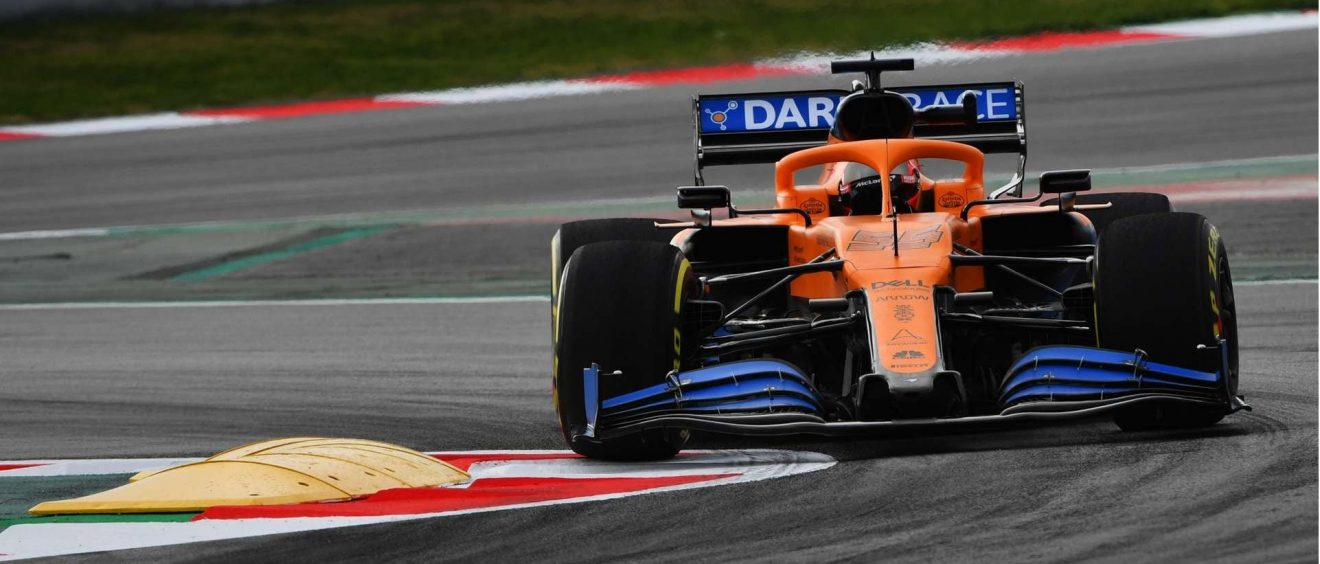
The Importance of Electronics in Formula 1
Hundreds of parameters can be measured in race cars competition. During the race, a lot of data are sent from the cars to the teams every second, transmitting various types of information about everything from tire wear to engine temperature.
SECU is the main data storage and acquisition service that provides real-time values via telemetry to teams and race control. This powerful computer transmits large amounts of data from cars to teams. This allows teams to visualize the performance of their cars in real-time, checking engine health, tire degradation, and fuel. Telemetry is usually used to refer to the wireless transmission on car data generated in the SECU and sent to the team track side in the pits. The telemetry systems have been subject to some very pragmatic changes in recent years.
Furthermore there are some sensors that helps monitoring, controlling, and optimizing both the car and the driver by collecting data on braking, cornering speed, gearbox, wheel rotation, gearbox life, and the range of speeds in which the engine runs most efficiently.
There are 3 categories of sensors: control sensors associated with drive-by-wire functions such as accelerator pedal sensor; monitoring sensors to monitor the health of the car such as hydraulic system pressure; and then instrumentation sensors such as non-contact temperature sensors to monitor friction material.
The measurements recorded by a data acquisition system are actually taken by sensors installed throughout the machine. For example, the speed of the vehicle can be measured by a Hall effect magnetic sensor installed on the wheel, a Correvit optical sensor, a Pitot tube (a typical Formula One car uses the three sensors at the same time).
The acquired data are used for analysis of engine performance so that team engineers can act accordingly, to solve problems remotely and thus improve the efficiency of the car.
Source The Importance of Electronics in Formula 1 by Maurizio Di Paolo Emilio
